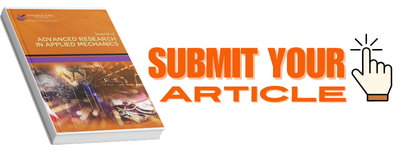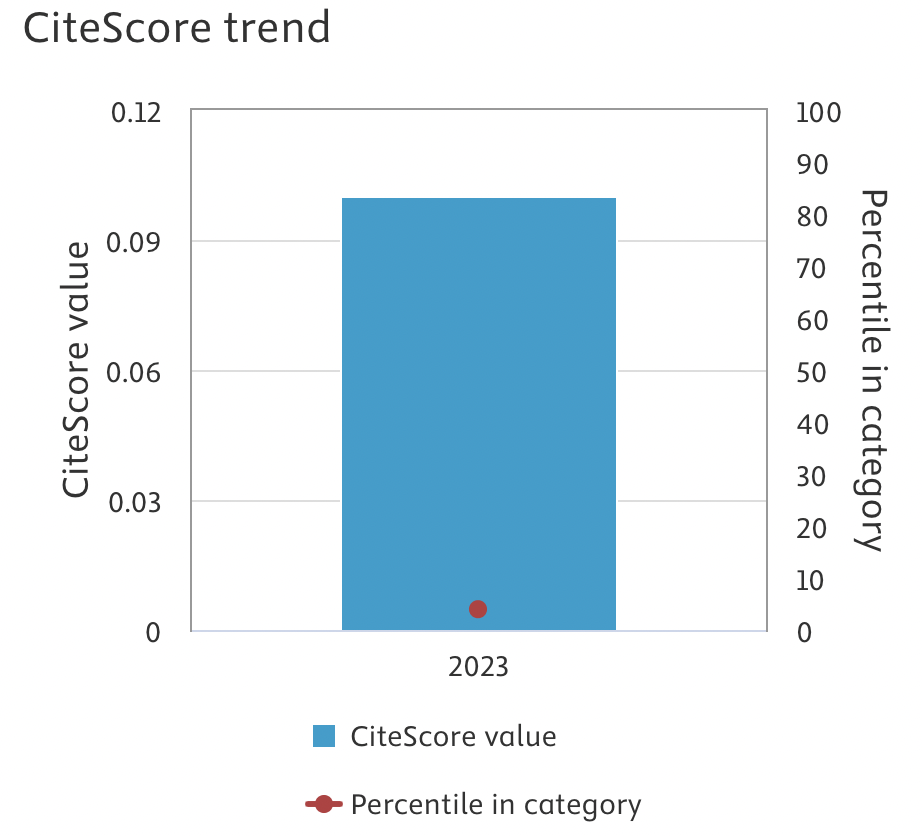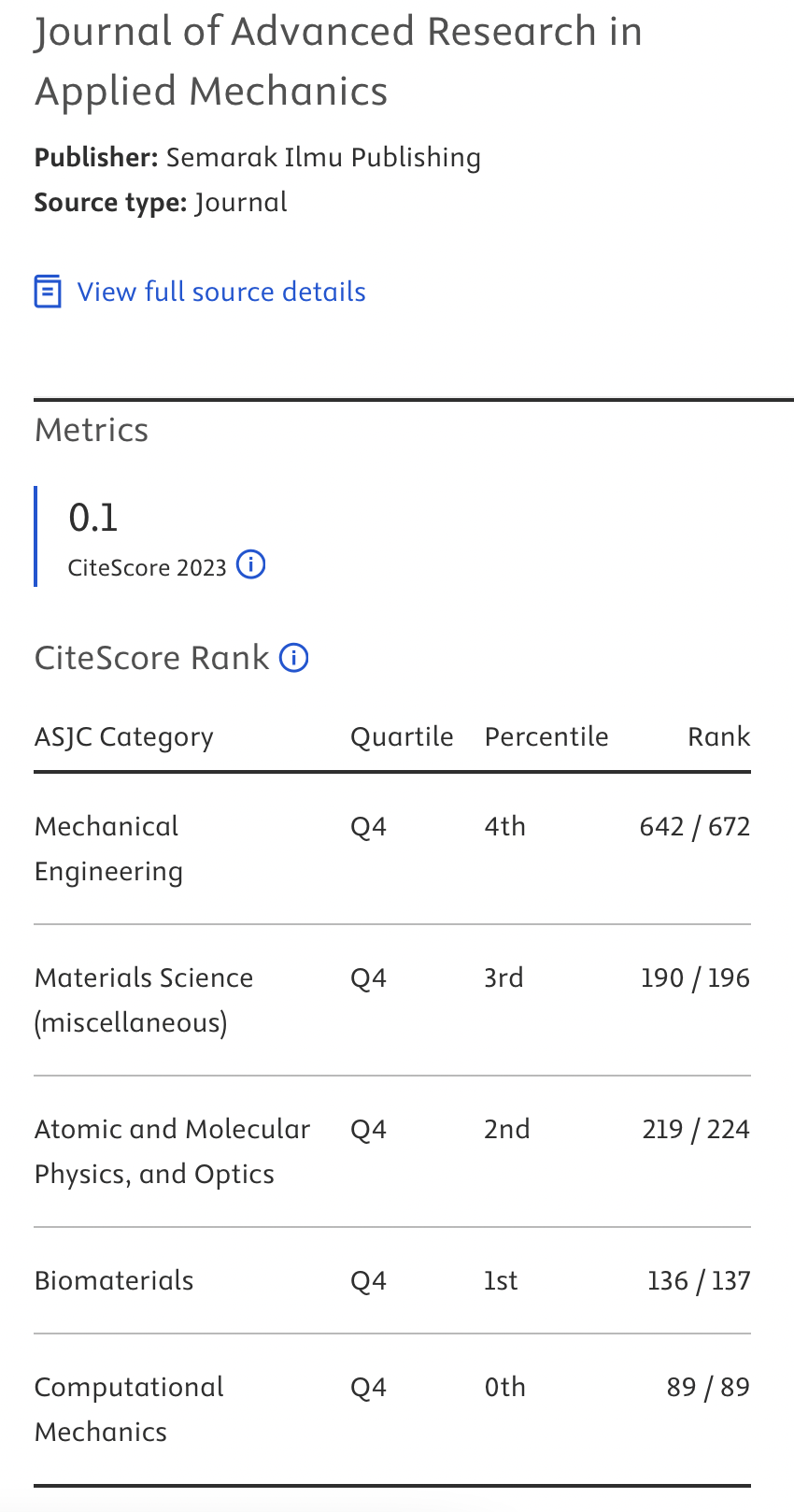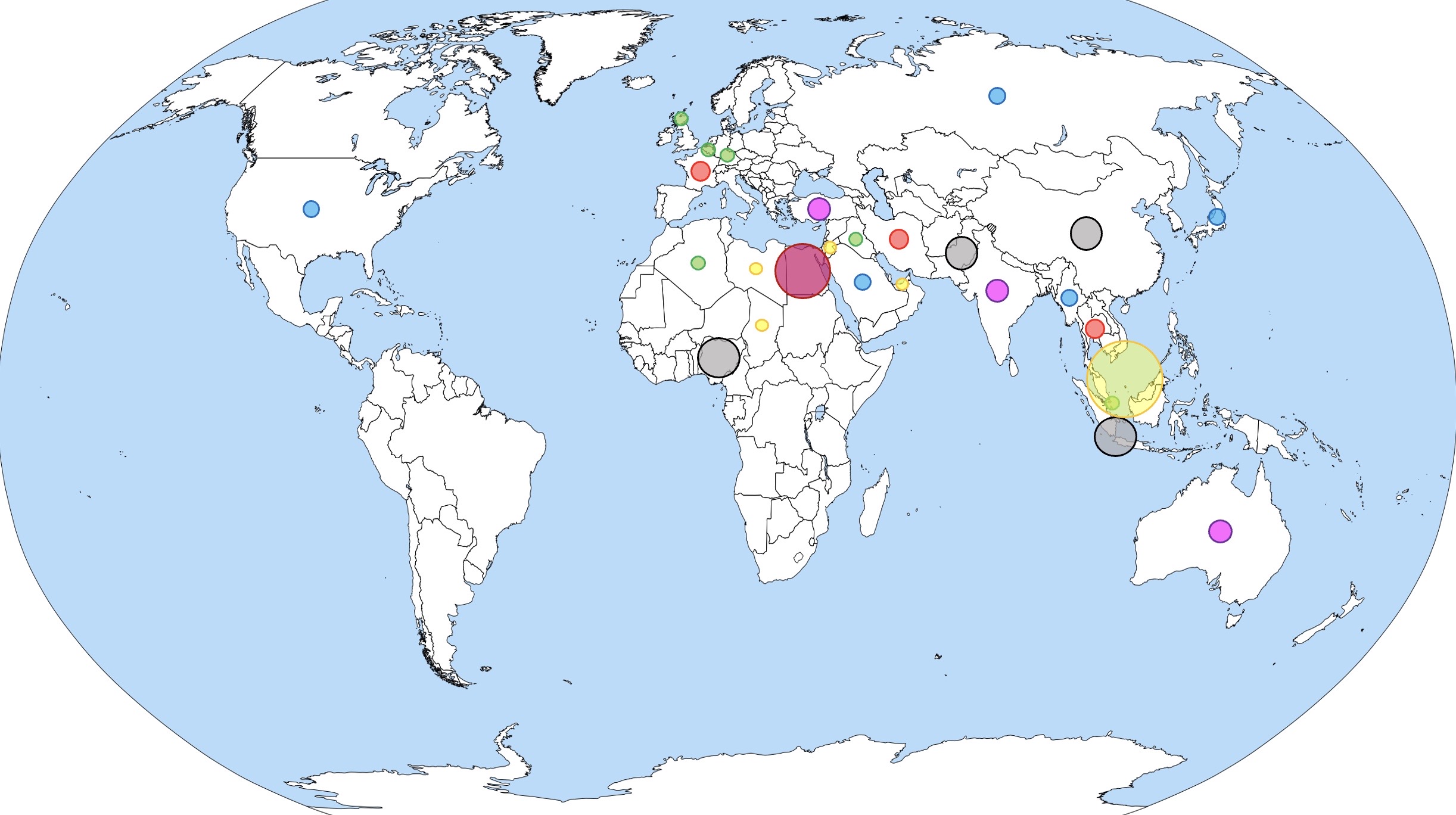Optimizing Dynamic Properties of Dissimilar Plate Structures: A Model Updating and Response Surface Methodology Approach
DOI:
https://doi.org/10.37934/aram.130.1.140158Keywords:
Joining structures, experiment modal analysis, finite element analysis, model updating, response surface methodologyAbstract
This paper presents a comprehensive exploration of a multi-objective optimization methodology targeting structural parameters to enhance the dynamic properties of dissimilar structures, emphasizing the integration of experimental and numerical modal analysis techniques. In this study, the correlation technique was employed to compare the modal data obtained from FEA with experimental modal analysis, revealing that the CBAR element exhibited the least error rate of 0.86% among the modes, indicating its superior accuracy in simulating bolted structures. Subsequent model updating processes effectively improved the natural frequency predictions, particularly for NF2, leading to an overall reduction in error from 4.65% to 3.08%. Additionally, the RSM approach successfully optimized the structural design variables, achieving a desirability rate of 0.937 and indicating a significant reduction in percentage error. The comparison between the two optimization methods demonstrated their respective strengths, with model updating offering greater precision in setting boundaries, and RSM providing efficient mathematical models for optimization. This study provides valuable insights into the effective enhancement of dynamic properties for dissimilar plate structures, underscoring the significance of both optimization techniques for achieving superior accuracy in structural analysis and design.
Downloads



























